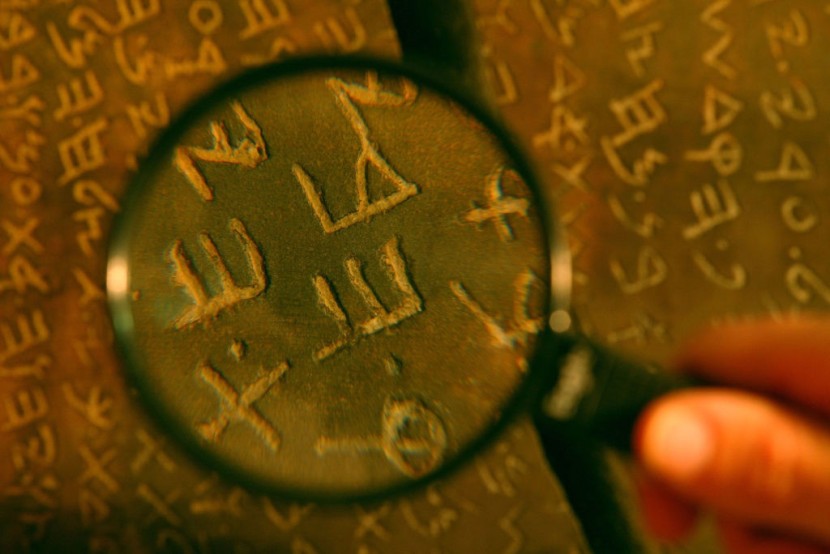
The recent discovery of very ancient writing is supposed to be a precursor alphabet inscribed several thousand years ago on an artifact ivory comb. Researchers believe it is the first alphabet in the oldest sentence that eventually evolved into modern writing with 26 letters.
Ancient Writings on an Artifact Ivory Comb
This fine-toothed comb instrument was dug up several years back in the ancient Canaanite city of Tel Lachish, where the foothills of ancient Israel were founded. It's only now that 17 letters carved on the comb were noticed, reported Science Alert.
Barely seen marks are seven words read as "ytš ḥṭ ḏ lqml śʿ[r w]zqt". When translated, it says, "May this tusk root out the lice of the hai[r and the] beard".
Supposed to be written around 1700 BCE, and archaeologists consider it the oldest specimen of the Canaanite dialect. Canaan was referred to in the Bible that existed alongside the Israelites. Canaanite script or Phoenician alphabet is the earliest known progenitor writing system used globally in the BCE era.
Modern alphabet would come from these first known archaic letters; examples are Arabic, Grecian, Hebrew, Latin, and last is Russian. Most modern alphabets now stem from these original, ancient writing, including Arabic, Greek, Hebrew, Latin, and Russian.
Such pictograms will form a precursor alphabet, the primary Chinese script that is 5,000 years old; the radicals and symbols that are its characters don't add up to how they sound when spoken. Many examples have been found but not as a complete sentence structure until this example.
Read Also: Cave Sealed Off for 5 Million Years Contains 33 Blind Creatures, Surviving Without Oxygen
First Evidence of Precursor Alphabet
Archaeologist Yosef Garfinkel of the Hebrew University of Jerusalem in Israel confirmed the first sentence of Canaanite seen in Israel on an artifact ivory comb, citing Eurekalert.
He explained that these people lived in Ugarit, Syria, but in a different style, unlike the modern alphabet. The inscription shows that people did write about 3,700 years ago.
The comb is made from elephant ivory; its size is 1.4-inches long and 1-inch wide. Carved letters on the body are small, about a single millimetre; white parts are worn and faded. Not easy to read if it was not for other letters. A side of the comb used to have six teeth for hair, while the opposite side had 14 teeth to remove lice and eggs. Remains of a head louse were found, and 10,000-year-old human hair was full of lice, per Trends in Parasitology.
Thought to be a luxury item and that head louse was a big problem before, the comb was an essential item.
Artifacts Used for Spells, Hexes
In one jar, there was writing dated to 1200 or 1400 BCE. The writing on the comb is for lice is far older. Carbon dating was unsuccessful, but scholars estimate it was 3,700 years ago, compared to similar relics. The style of the script and the word on the comb were at a primitive stage of the alphabet, as stated in a published study by various archaeologists.
Also, it came from the Canaanite alphabet as its base for developing writing. When a language was learned, it was placed on everything owned. The ancient writing on an artifact of the ivory comb was the Canaanite precursor alphabet that became a modern language system.
Related Article: Gravitational Anomalies Possess Quantum Properties that Perplexes Scientists to Its Nature
© 2026 HNGN, All rights reserved. Do not reproduce without permission.








